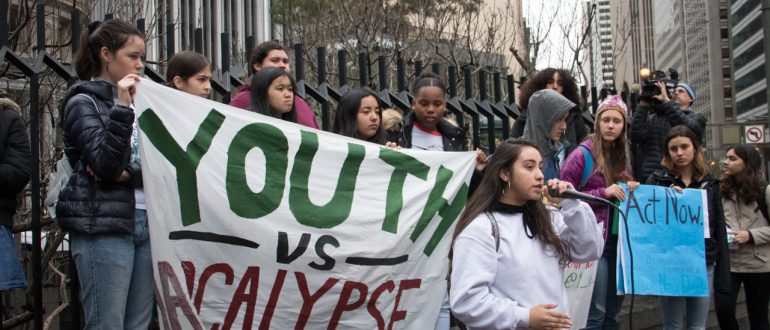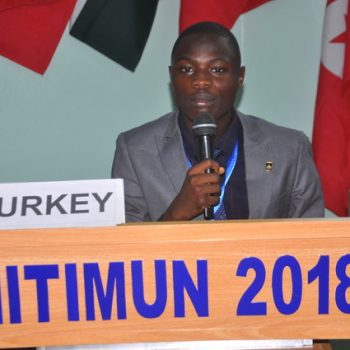
Engaging the young people in promoting peace and countering extremism
The Youths have demonstrated beyond every reasonable doubt throughout the world’s history that they are not only the catalyst for advancing social, political and economic development but also the key agent for bringing positive changes in the society. The United Nations Resolution 2250 of December 9, 2018 on “Youth, Peace and Society” revealed that young men and women across the world constitute the catalysts for Change.
The youths of today as recognized by United Nations Organization (U.N.O) is the largest generation of the young people in the world summing up to 2.8 Billion of the world’s population. At the global level, the U.N.O has actively engaged youths in promoting international peace and security as well as Sustainable Development. The organization took a bold step further by initiating “The Youth 2030 Strategy” to provide a platform for knowledge exchange among the youths.
Violent extremism has no borders, religion and ethnicity, yet areas of political instability, poverty are the key breading grounds that drive youth into extremist groups. According to a research conducted by Mercy Corps in 2015, three key factors push youth into violent activities. They are: Discrimination, Injustice and intolerance. It is however important to dig bigger into understanding how these concepts manifest within different contexts because these drivers differ from community to community and region to region.
In “Engaging the Young People in promoting Peace and Countering Extremism”, here are key strategies to address the issue before us:
1. Efforts should be made to address factors that make youths more vulnerable to radicalization, including economic deprivation, lack of vocational training and employment opportunities.
2. Government should work on establishing inclusive national strategy to counter violent extremism in response to the causes of radicalization in every country. Such a strategy needs to incorporate different stakeholders including the youth (both male and female), activists, community, religious, and cultural leaders.
3. Reform of the education sector should include putting in place provisions for student by:
• Building and enhancing vocational training opportunities
• Enhancing students’ critical thinking skills and
• Training teachers to be aware of signals of radicalization and how to address these signals whilst maintaining a positive relationship with students.
4. Engaging former extremists in counter –radicalization programs is also an effective tool, as they have deeper understanding of the challenge individuals face to engage and disengage with terrorist groups.
5. Investment in cultural, sporting and other related activities particularly focused on the interests of youth with a view to providing alternative structure to that which may be offered by violent extremism.
In conclusion, the responsibility before the youths in addressing the topic: “Engaging the Young People in Promoting Peace and Countering Extremism” is a message preached by Robert Kennedy. To him, “The world demands a quality of youths ;not a time of life but a state of mind, a temper of will, quality of imagination, a predominant courage over timidity, of appetite for adventure over the love of ease”.

Adelakun Tufayl Olamilekan
Adelakun visits the Lagos State University in Nigeria where he studies History and International Studies.
